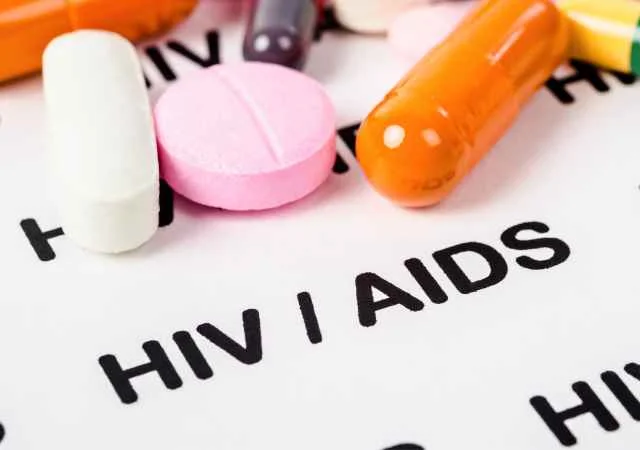Introduction
Polio, or poliomyelitis, is a serious viral disease. It mainly affects children under five years old. The poliovirus attacks the nervous system. It can cause paralysis and even death. Despite the efforts to vaccinate against it, polio still poses a threat in some parts of the world. World Polio Day, observed on October 24th, aims to raise awareness. It highlights the ongoing fight against this preventable disease and honors the efforts of healthcare workers everywhere. WHO Polio Factsheet[1] In this article, we will explore what polio is, its symptoms, the global fight to eradicate it, and the importance of vaccination.
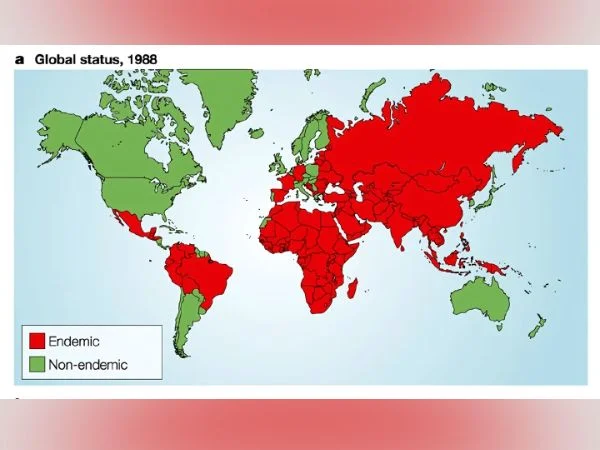
Key Takeaways
- Polio mainly affects children under five years old.
- Vaccination is critical to preventing polio.
- Global efforts have cut polio cases by over 99%.
- We must keep addressing vaccine hesitancy and political challenges.
What is Poliomyelitis?
Polio is a highly contagious viral disease caused by the poliovirus. This virus spreads through the oral-fecal route, mainly in areas with poor sanitation. When a person ingests the virus, it multiplies in their intestines. This can lead to different symptoms. Here are the main ways polio can affect a person:
- Asymptomatic Cases: About 72%[2] of people who get polio show no symptoms. They do not feel sick.
- Non-Paralytic Polio: Around 24%[3] of cases show mild symptoms like fever, sore throat, and fatigue. These symptoms often go away on their own.
- Paralytic Polio: Less than 1%[4] of people develop paralytic polio. This type can cause severe muscle weakness and paralysis.
It is essential to understand how polio works to address its impact on global health and the need for effective vaccination strategies.
History and Global Impact of Polio
Polio has a long and difficult history. In the early 1900s, polio outbreaks peaked. They caused widespread fear and led to thousands of cases of paralysis worldwide. The Salk vaccine became available in 1955, and the Sabin vaccine followed in 1961. These vaccines changed the fight against polio. Vaccination campaigns reduced the number of polio cases in many countries.
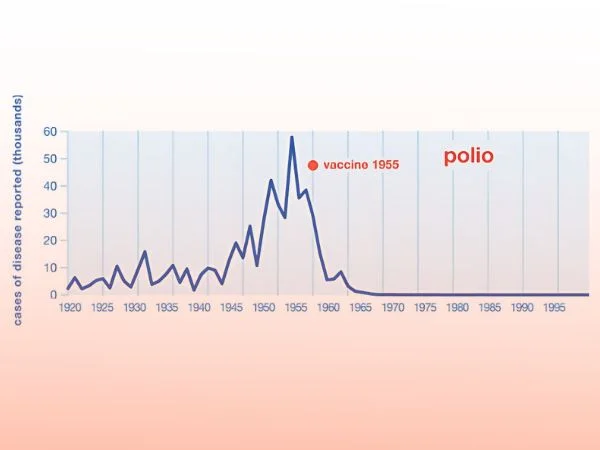
Timeline of Polio Vaccine Development
| Year | Milestone |
| 1955 | Salk Vaccine Introduced |
| 1961 | Sabin Oral Vaccine Approved |
| 1988 | Global Polio Eradication Initiative Launched |
| 2000 | Africa Declared Polio-Free |
| 2020 | Africa Certified Polio-Free |
This timeline shows the significant progress made in fighting polio through vaccination. It highlights how efforts have led to fewer cases around the world.
Symptoms of Polio
It is important to recognize polio symptoms for early action and to prevent further spread. The symptoms[5] vary widely. Most people have no symptoms at all. However, those who do can experience mild to severe effects:
- Mild Symptoms: Common signs include fever, sore throat, fatigue, nausea, and headache. These often resolve without medical help.
- Severe Symptoms: In cases of paralytic polio, symptoms can include sudden muscle weakness, loss of reflexes, and paralysis. This can affect breathing muscles and be life-threatening.
| Polio Symptom Progression | Percentage of Cases |
| Asymptomatic | 72% |
| Non-paralytic | 24% |
| Paralytic | <1% |
Understanding these symptoms helps healthcare workers and the public respond quickly. Early intervention is crucial to stop the spread of polio.
Current Global Status of Polio Eradication
As of 2024, polio remains endemic in just two countries: Afghanistan and Pakistan. The Global Polio Eradication Initiative (GPEI)[6] has successfully reduced cases by 99%. However, challenges still exist:
- Vaccine Hesitancy: Some people distrust vaccines due to misinformation. This has led to lower vaccination rates.
- Conflict Zones: War and instability in places like Afghanistan and Pakistan make it hard for healthcare workers to reach communities.
- Surveillance Gaps: Weak disease monitoring can allow polio to hide, leading to outbreaks.
Global Polio Status Overview
| Region | Polio Status | Key Challenges |
| Africa | Declared polio-free in 2020 | Maintaining vaccine coverage |
| Afghanistan | Endemic | Conflict and insecurity |
| Pakistan | Endemic | Geopolitical challenges |
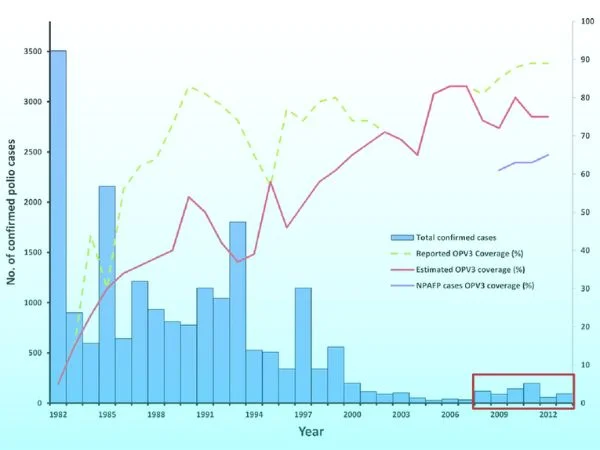
Polio eradication efforts must adapt to changing challenges. Governments, healthcare providers, and communities must work together to keep vaccination rates high.
The Role of Vaccination in Polio Prevention
Vaccination is the best way to prevent polio. The oral polio vaccine (OPV) and the inactivated polio vaccine (IPV) have been key in reducing polio cases. Vaccines give long-lasting immunity and stop the spread of the disease.
Comparison of OPV and IPV
| Vaccine | Advantages | Disadvantages |
| Oral Polio Vaccine (OPV) | Easy to give, helps with gut immunity | Rare risk of vaccine-derived polio |
| Inactivated Polio Vaccine (IPV) | Safe, no risk of vaccine-derived polio | More costly, needs trained staff for shots |
Both vaccines have proven effective, but circumstances can determine which is better to use. OPV is often used in mass vaccination campaigns because it is easy to administer. IPV is recommended in areas where polio is gone to ensure immunity without risks.
World Polio Day: Why Does It Matters?
World Polio Day reminds everyone that the fight against polio continues. It focuses on the ongoing efforts to eliminate the disease and the need for vaccination.
What Can You Do?
- Join Awareness Campaigns: Get involved in local or global campaigns. Work with community leaders to promote the importance of vaccines.
- Donate to Eradication Initiatives: Support groups like the Bill & Melinda Gates Foundation and Rotary International[7]. They work hard to end polio. Your donations can help fund vaccination efforts in high-risk areas.
Polio is not just a problem of the past; it is still a current threat. Each person’s efforts matter in the quest for a polio-free world.
Challenges in Eradicating Polio
Despite great progress, polio eradication faces several challenges:
Vaccine Hesitancy
Many people doubt vaccines due to misinformation. This leads to fewer vaccinations. Public health campaigns can help educate communities about the safety and effectiveness of vaccines.
Conflict Zones
Political instability in places like Afghanistan and Pakistan makes it tough for healthcare workers to conduct vaccination campaigns. Working with local communities is important to ensure that vaccination efforts reach everyone.
Emergence of Vaccine-Derived Poliovirus
In rare cases, the live virus in OPV can change and cause outbreaks. Health officials must monitor this closely and use IPV in areas where these strains are found.
Global Polio Eradication Initiatives
Polio eradication efforts are led by the Global Polio Eradication Initiative (GPEI). This partnership includes:
- World Health Organization (WHO)
- United Nations International Children’s Emergency Fund (UNICEF)
- Centers for Disease Control and Prevention (CDC)
- Rotary International
- Bill & Melinda Gates Foundation
These groups work together to increase vaccine coverage, monitor the disease, and respond to outbreaks. Their collaboration is essential for ensuring that polio does not return.
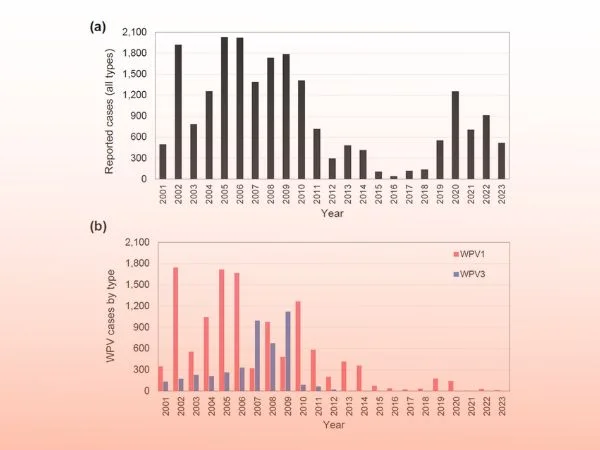
Conclusion
Polio may be close to being eradicated, but the fight is not over. World Polio Day reminds us that as long as the virus exists anywhere, it poses a threat everywhere. We need ongoing vaccination efforts and public awareness. Everyone must work together to make sure that polio is a thing of the past. The actions of governments, healthcare workers, and communities are important in achieving this goal. Support vaccination efforts, raise awareness, and join global initiatives to help create a polio-free future.
References
We value truthful content. 7 sources were referenced during research to write this content.
- Poliomyelitis. (n.d.). Poliomyelitis. Retrieved from https://www.who.int/news-room/fact-sheets/detail/poliomyelitis
- (n.d.). Poliomyelitis (Polio) | Disease Outbreak Control Division. Retrieved from https://health.hawaii.gov/docd/disease_listing/poliomyelitis-polio/
- (n.d.). ScienceDirect. Retrieved from https://www.sciencedirect.com/topics/pharmacology-toxicology-and-pharmaceutical-science/poliomyelitis-virus
- (n.d.). ScienceDirect. Retrieved from https://www.sciencedirect.com/topics/neuroscience/paralytic-polio
- (n.d.). Polio - Symptoms and causes - Mayo Clinic. Retrieved from https://www.mayoclinic.org/diseases-conditions/polio/symptoms-causes/syc-20376512
- (n.d.). History of Polio – GPEI. Retrieved from https://polioeradication.org/about-polio/history-of-polio/
- (n.d.). Home | End Polio. Retrieved from https://www.endpolio.org/

